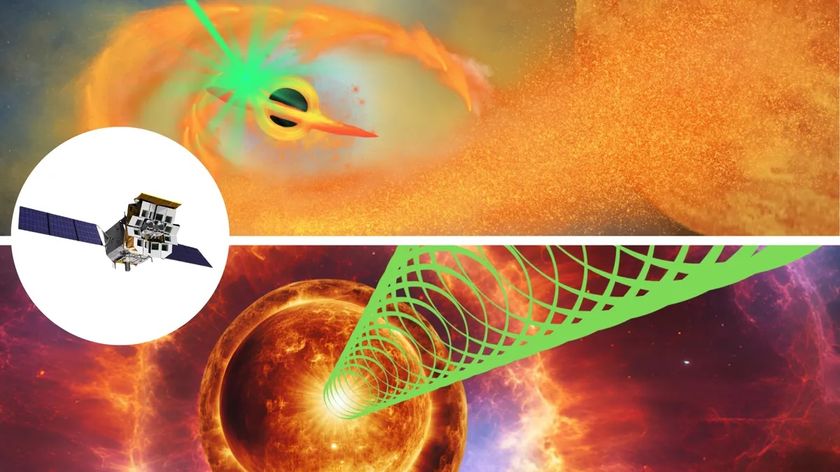How Do Stealth Planes Evade the Enemy?
From the era of ninja assassins to the current one of fighter jets, stealth has remained a key tactic in combat. Today, though, sophisticated radar and heat-sensing technology have made enemy evasion a matter of more than just hiding in shadows.
Stealth warplanes, such as the F-22 Raptor manufactured by Lockheed Martin and China's newly flight-tested J-20 fighter jet, evade detection in several ways. The best trick is an edgy design.
Most detection is performed with radar, a system that emits radio waves and analyzes the waves that bounce back in order to visualize objects. Because radio waves are likely to approach a plane from far away, they hit it at shallow, glancing angles. To hide from radar, a stealth plane's panels all slant nearly horizontally, so that there are no broad surfaces for radio waves to bounce sideways off of and return to their source.
Furthermore, the planes are designed such that any radio waves that do reflect from the plane are focused into a few bright beams that hit detectors like light glinting off a cut diamond. Such signals are difficult to lock onto. Bright peaks are accomplished by aligning all the plane's panels in perfect parallel so that the light bouncing off of them interferes constructively.
It also helps to be dressed in black. Stealth planes are coated with radar-absorbent materialssubstances with high absorbency of light at radio frequencies. One such coating is iron ball paint, which contains microscopic iron spheres that resonate in tune with incoming radio waves and dissipate the majority of their energy as heat, leaving little to bounce back to detectors.
Stealth planes must not only evade radar, but heat-sensing missiles as well. In the case of the F-117A Nighthawk, its turbofan engines vent through thin nozzles that spread out the heat they produce. Heat shields are positioned below the nozzles for further protection.
Stealth often comes at a cost: Edgy designs often render stealth fighter jets non-aerodynamic. Furthermore, the lack of a vertical tail (which would back-reflect incoming radio waves) can make them unstable, as military expert Bill Sweetman explained in his books "Inside the Stealth Bomber" (Zenith Press, 1999) and "F-22 Raptor" (Zenith Press, 1998). Nonetheless, the benefits of taking the enemy by surprise outweigh the costs.
Sign up for the Live Science daily newsletter now
Get the world’s most fascinating discoveries delivered straight to your inbox.
Reuters reported that China's J-20 jet is still years away from large-scale production and use, making the U.S. Air Force's F-22 and B-2 fleets the only stealth planes currently operational. "The [J-20] stealth bomber might not be too stealthy," a Chinese military leader told the press. "We have to find out."
According to an Associated Press report, when the J-20 does hit the sky, it will pose an immediate threat to Taiwan, "whose electronic warning systems would find it difficult to cope with stealth technology."
Got a question? Send us an email and we'll look for an expert who can crack it.
Follow Natalie Wolchover on Twitter @nattyover
Natalie Wolchover was a staff writer for Live Science from 2010 to 2012 and is currently a senior physics writer and editor for Quanta Magazine. She holds a bachelor's degree in physics from Tufts University and has studied physics at the University of California, Berkeley. Along with the staff of Quanta, Wolchover won the 2022 Pulitzer Prize for explanatory writing for her work on the building of the James Webb Space Telescope. Her work has also appeared in the The Best American Science and Nature Writing and The Best Writing on Mathematics, Nature, The New Yorker and Popular Science. She was the 2016 winner of the Evert Clark/Seth Payne Award, an annual prize for young science journalists, as well as the winner of the 2017 Science Communication Award for the American Institute of Physics.
Most Popular




